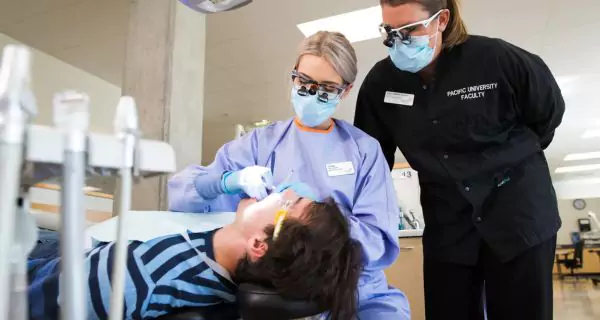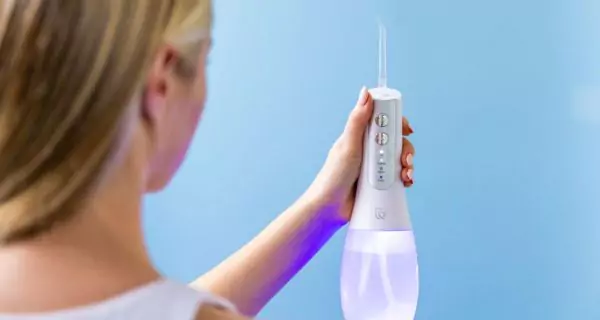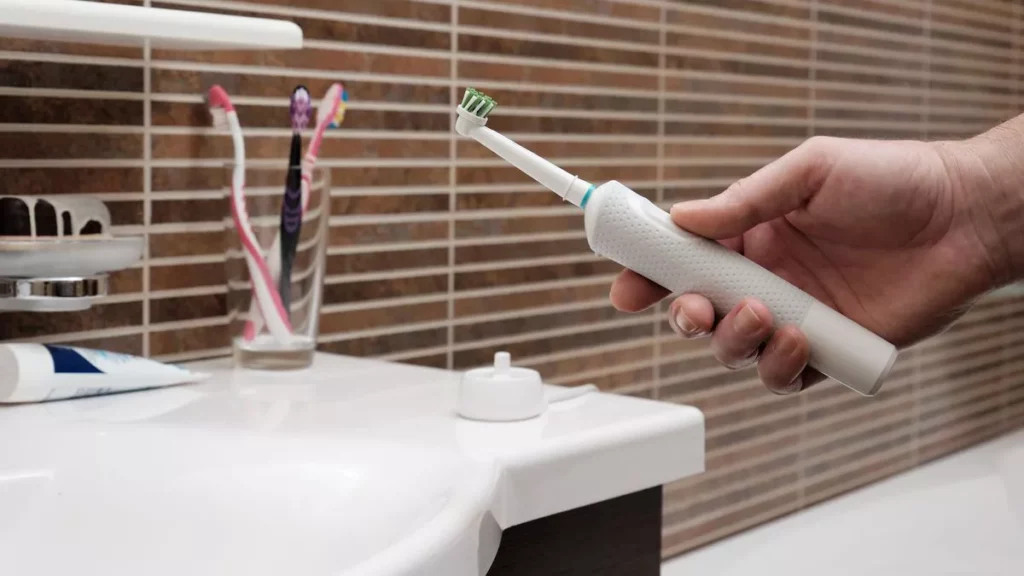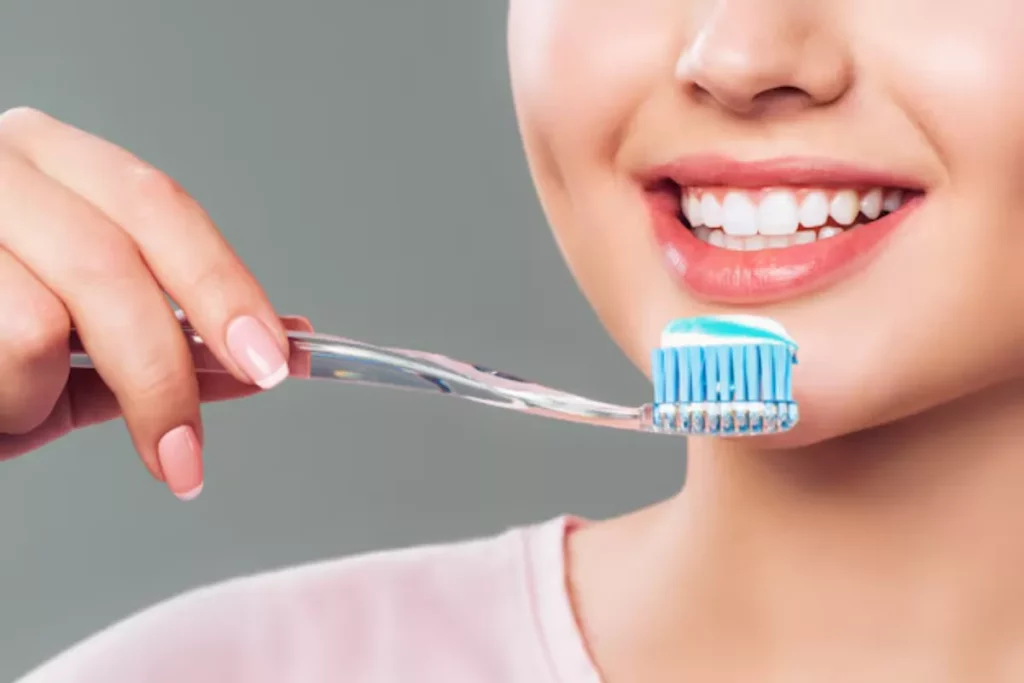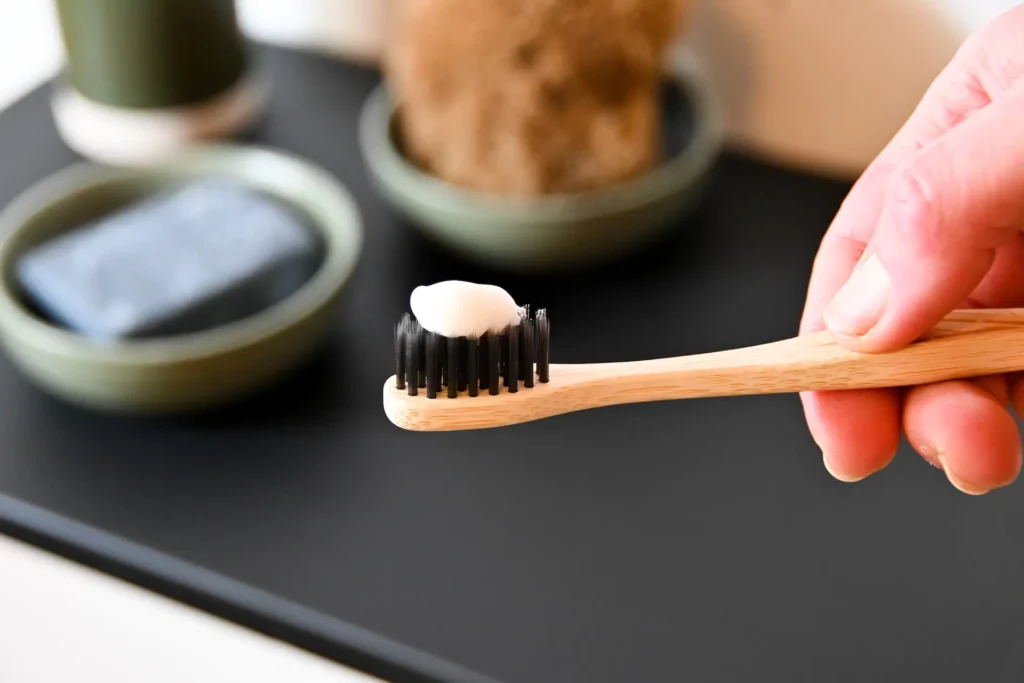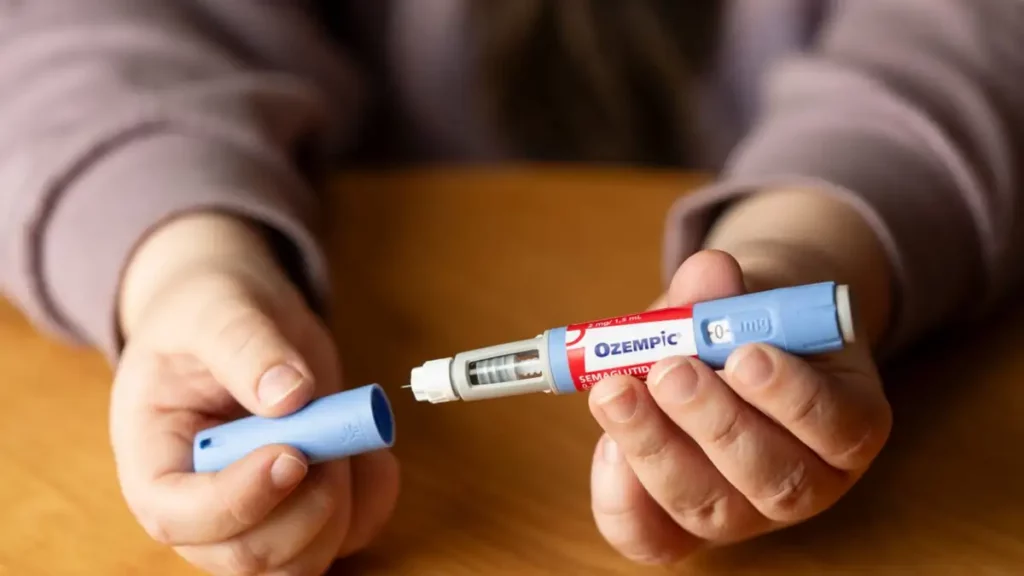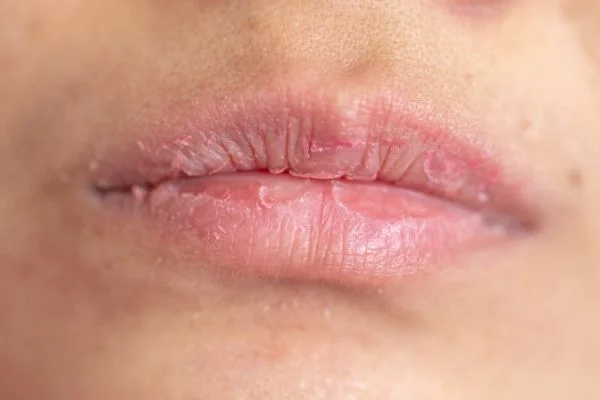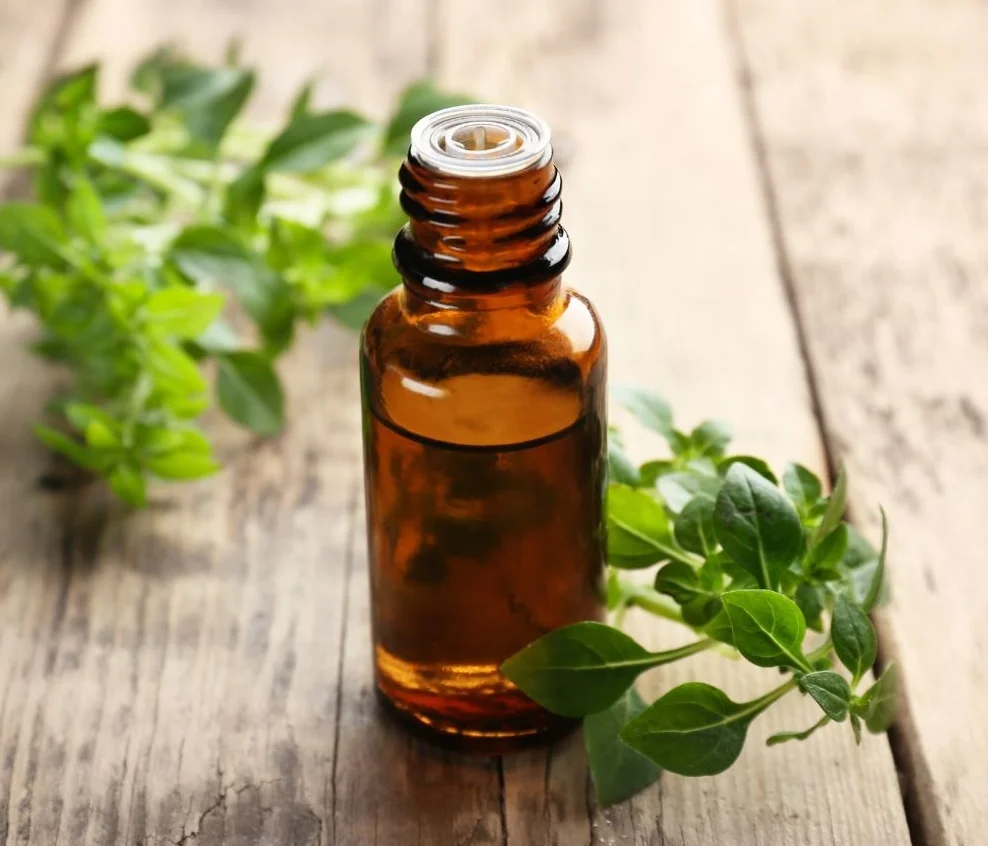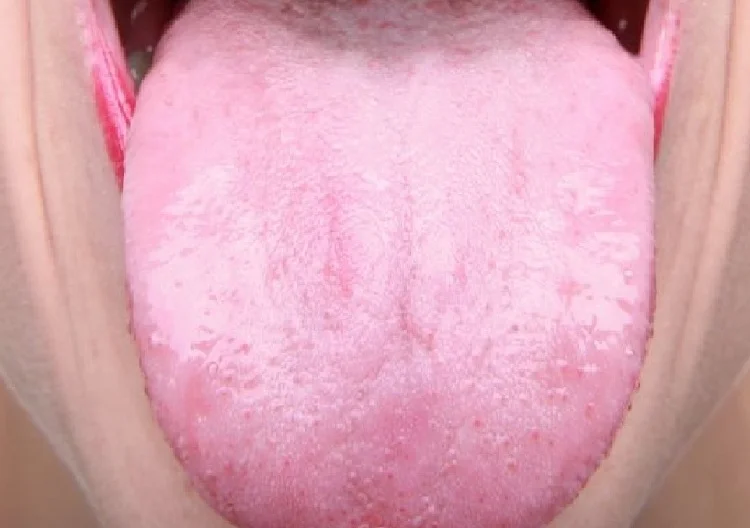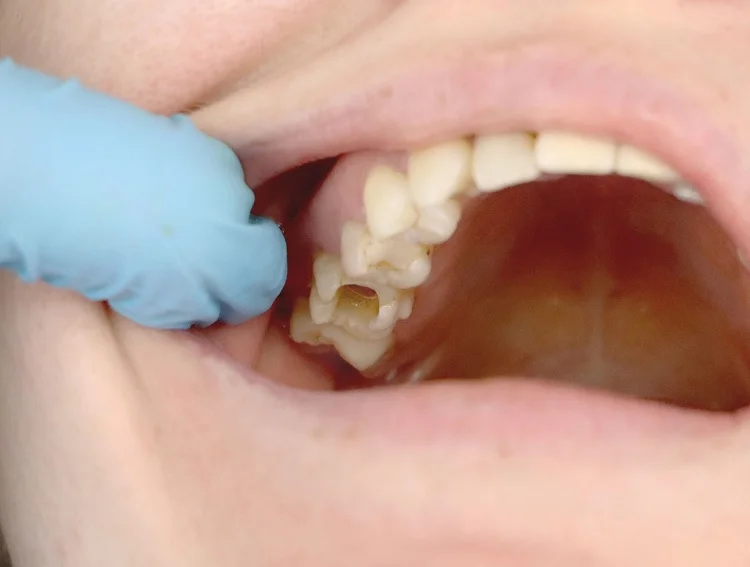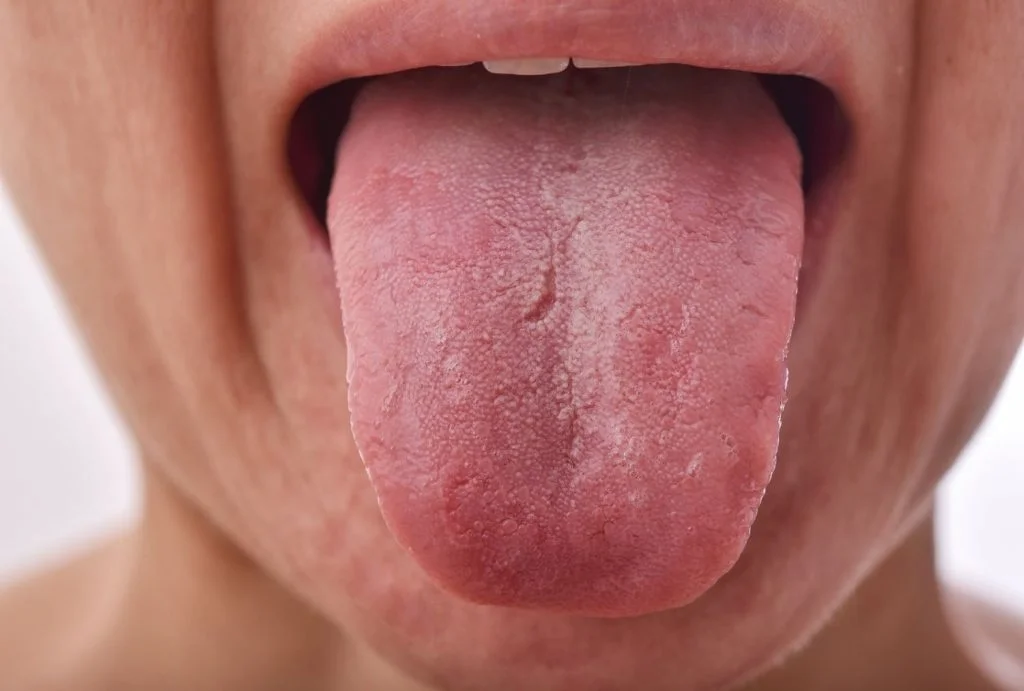Last Updated on: 7th November 2025, 06:24 am
An water flosser uses a pressurized stream of water to remove food debris and plaque between teeth and below the gumline. It’s especially helpful for people with braces, implants, or sensitive gums to maintain better oral hygiene.
With technological advancements, everyday tasks have become more manageable, and oral health is no exception. Today, technology plays a significant role in helping us maintain a healthy mouth.
While brushing and traditional flossing remain essential due to their proven effectiveness, tools like oral irrigators have gained popularity for their convenience and impressive results. These devices have become ideal complements to daily oral care routines, offering practicality and enhanced cleaning in hard-to-reach areas.
What Is an Water Flosser and How Does It Help Your Oral Health?
A water flosser, also known as an oral irrigator, is a device that uses a pressurized stream of water to remove food particles, plaque, and bacteria between teeth and below the gumline. It’s particularly beneficial for individuals with braces or implants, or those who find traditional flossing challenging.
What Are the Top Benefits of Using a Water Flosser Daily?
Water flossers are user-friendly and suitable for almost everyone. Their benefits are backed by clinical studies, making them increasingly recommended by dental professionals:
More effective plaque removal
Oral irrigators can eliminate up to 99.9% of plaque in treated areas, reaching spots that toothbrushes and traditional floss might miss. This makes them excellent allies in preventing cavities and gum disease.
Improved gum health
Using a water flosser regularly helps reduce gum inflammation and bleeding. A 2005 clinical study conducted by the University of Nebraska found that combining brushing with a water flosser was up to twice as effective as traditional floss in reducing gingivitis and bleeding. Participants using the water flosser saw up to 93% less bleeding and 52% less inflammation.
These findings strongly support the use of water flossers as a reliable and effective alternative – or complement – to traditional floss, especially for improving gum health.
Ideal for orthodontic and implant care
If you have braces, implants, or dental bridges, you know how challenging it can be to maintain thorough cleanliness. Oral irrigators simplify this task, reaching complex areas without causing discomfort, thereby helping to prevent inflammation or infections.
Gentle on gums
Unlike traditional floss, which can sometimes cause irritation or minor injuries, the water stream from a flosser is gentle and non-invasive. This makes it an excellent option for individuals with sensitive gums or those undergoing periodontal treatment.
How to Use an Water Flosser Properly for Best Results?
Using an oral irrigator is straightforward; with a few simple steps, you can reap all its benefits without complications. Proper usage not only ensures a deeper clean but also protects your gums and prevents long-term issues.
Step-by-step guide:
- Brush your teeth first: Before using the water flosser, brush your teeth with your regular toothpaste. This removes surface plaque and prepares your mouth for a deeper clean, especially in hard-to-reach areas.
- Fill the reservoir: Use warm water for a more comfortable experience, especially if you have sensitive teeth or gums. Add a bit of alcohol-free mouthwash for extra freshness and enhanced hygiene. Avoid using products with alcohol or thick consistencies, as they might damage or clog the flosser’s system.
Note: some water flosser models connect directly to the faucet. In such cases, this step is omitted.
- Choose the appropriate nozzle: most water flossers come with various nozzle types: standard, orthodontic, implant-specific, or periodontal. Select the mode that best suits your needs or as recommended by your dentist.
- Adjust the pressure: if it’s your first time using a water flosser, start with the lowest pressure setting. As you become accustomed, you can gradually increase it to a comfortable level. The cleaning process should feel pleasant, without pain or discomfort.
- Position the nozzle correctly: Lean over the sink, insert the nozzle into your mouth, and keep your lips slightly closed (without clenching) to allow the water to flow out without splashing.
- Activate the device: Turn on the flosser and direct the water stream toward the gumline, maintaining a 90-degree angle. Move tooth by tooth, paying special attention to the spaces between teeth. Start from the molars and work your way to the front.
- Recommended usage time: Use the flosser for about 1 to 2 minutes. There’s no need to exceed 5 minutes, as prolonged use doesn’t enhance effectiveness and might irritate the gums.
Note: If you choose to use it more than once a day, ensure at least a 2-hour interval between sessions.
- Clean the device after each use: Empty the water reservoir, rinse the nozzle, and clean the device according to the manufacturer’s instructions. This prevents bacterial buildup and extends the flosser’s lifespan.
How Can You Choose the Right Water Flosser?
Before selecting an oral irrigator, consider these basic aspects:
- Adjustable pressure: ideal for adapting to sensitive gums or for those seeking a deep clean.
- Water reservoir capacity: Countertop models usually have larger reservoirs, suitable for uninterrupted cleaning sessions. Portable ones tend to have smaller capacities, requiring more frequent refills.
- Included nozzles: Check if the flosser comes with various nozzle types. Some are specifically designed for braces, implants, bridges, or periodontal cleaning. If you plan to share the flosser with family members, models with multiple nozzles are more practical.
- Noise level: Water flossers can be noisy. If you typically use it at night or live with others who sleep early, a quieter model is preferable.
- Size and design: Consider your bathroom space, or if you’ll be traveling with it.
- Additional technology: Some models feature microbubbles or massage functions to enhance cleaning and gum care. If you’re looking for advanced features, this is worth considering.
What Are the Top 5 Water Flossers of 2025?
There are various oral irrigators available on the market. The one you choose depends on your specific needs. Here are some top picks:
Philips Sonicare Cordless Power Flosser 3000
This sleek, cordless flosser combines portability with advanced technology. It features a Quad Stream tip that splits water into four streams and Pulse Wave technology that guides water smoothly between teeth for a more complete clean.
Strengths:
- Quad Stream covers more surface at once.
- Pulse Wave helps you glide tooth by tooth.
- rechargeable via USB-C with up to 14 days of use.
- compact and waterproof, great for travel.
Weaknesses:
- the 250ml reservoir may need refilling mid-session.
- high price point for a portable model.
This model is perfect if you’re looking for high-tech features and portability in one powerful device.
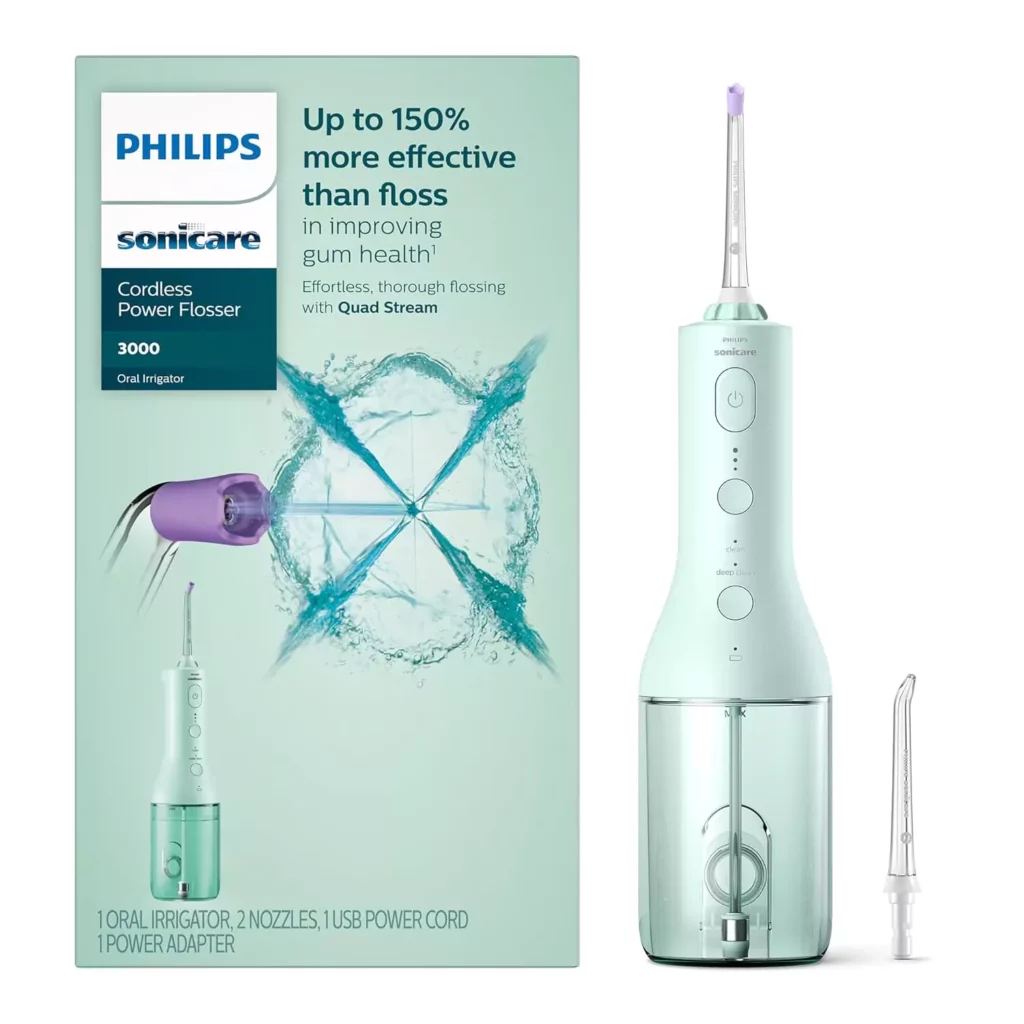
Helps patients improve their oral care with cleaner periodontal pockets in addition to dental professional treatment.
Waterpik Aquarius Water Flosser (WP-660)
A fan favorite among countertop models, the Aquarius offers power, customization, and the American Dental Association’s seal of approval. It’s designed for those who want a professional-level clean at home.
Strengths:
- 10 pressure settings and 2 cleaning modes.
- comes with 7 tips for braces, implants, and more.
- a large 650ml reservoir lasts over 90 seconds.
- ADA approved for safety and performance.
Weaknesses:
- bulky and not travel-friendly.
- needs an outlet, no battery operation.
It is best for home use and anyone who wants full control over pressure, tips, and cleaning intensity.
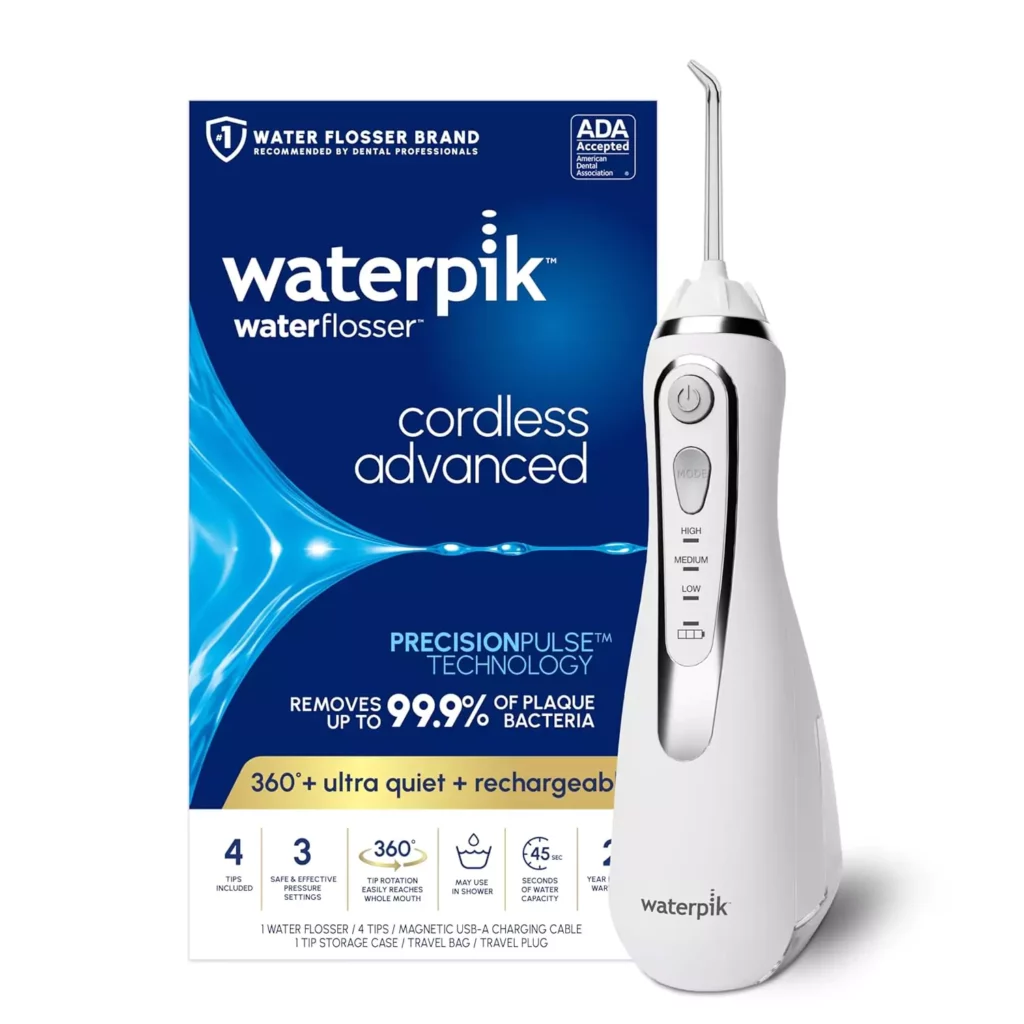
Waterpik is the #1 water flosser brand recommended by dental professionals and the first water flosser brand to earn the American Dental Association (ADA) Seal of Acceptance for safety and effectiveness.
Quip Rechargeable Cordless Water Flosser
Designed with style and simplicity in mind, this cordless flosser is compact and travel-ready. It’s easy to use and includes smart features for efficient flossing anywhere.
Strengths:
- modern, compact, and lightweight.
- two pressure settings (gentle and deep).
- 360° rotating nozzle for better reach.
- up to 8 weeks of battery life per charge.
Weaknesses:
- a smaller tank means more frequent refills.
- lacks massage or microbubble features.
It is a great choice for travelers or minimalists who want an easy, good-looking flosser with the basics done right.
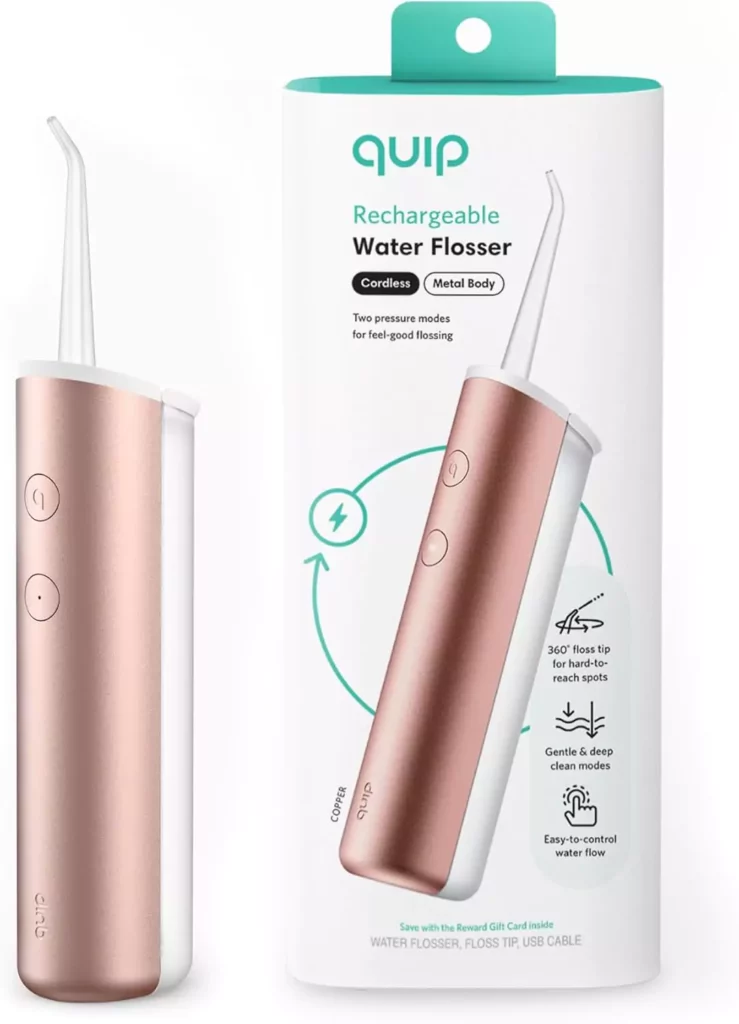
Choose the cleaning pressure that feels right for your sensitivity level, and how you want water to flow. No stress, no mess. Gentle & deep clean pressure modes on our water flosser give you the perfect balance of power & comfort
Panasonic EW1511W Portable Water Flosser
This foldable flosser is perfect for frequent travelers. It runs on AA batteries and collapses into a travel-friendly size, while still offering a decent clean.
Strengths:
- ultra-portable and foldable.
- uses AA batteries, no charging required.
- waterproof and usable in the shower.
Weaknesses:
- only 2 pressure levels.
- small 165ml tank = shorter usage time.
- \you’ll need to replace batteries regularly.
It is ideal for those constantly on the go who need a simple, compact tool for basic flossing on the fly.
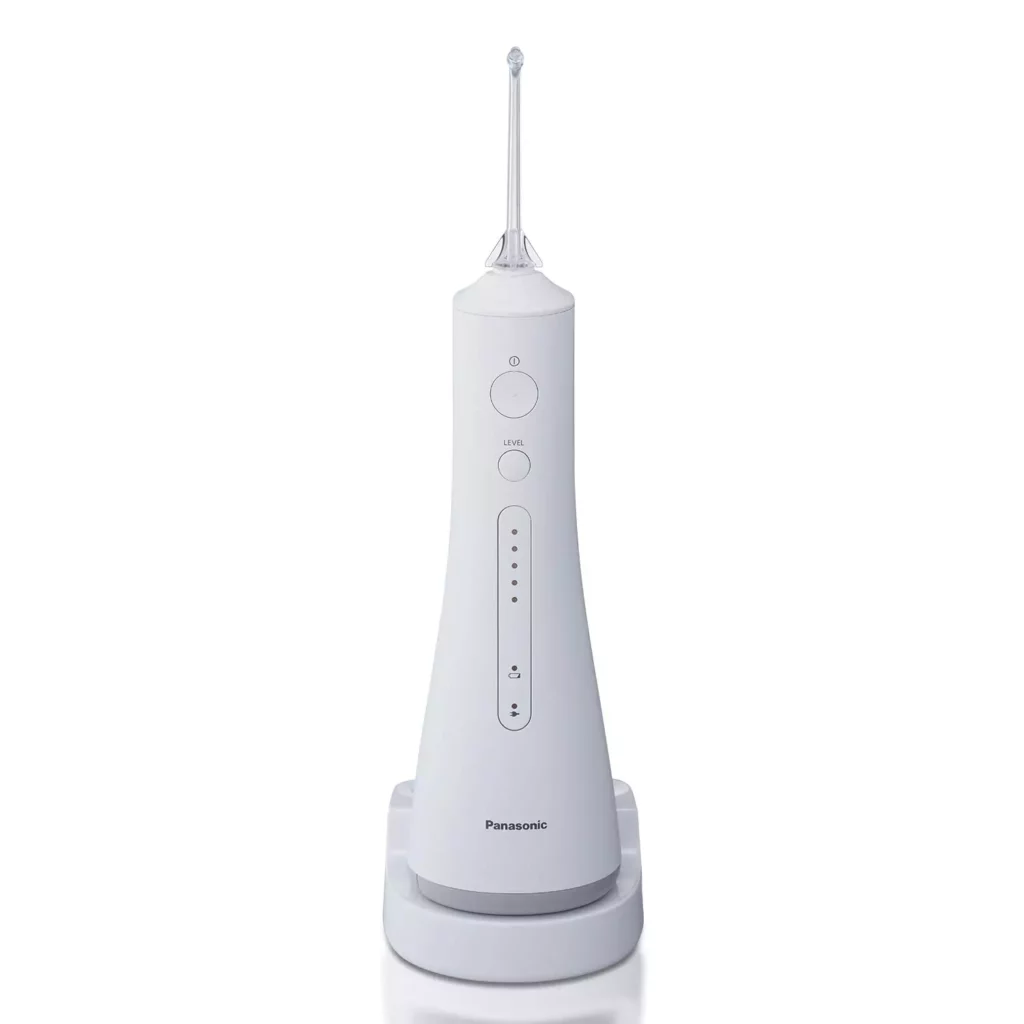
Powerful, Portable Oral Irrigator: Creates up to 1,600 ultrasonic water pulses per minute to comfortably remove food debris and wash away harmful plaque and bacteria
Oral-B Water Flosser Advanced
This cordless model uses Oxyjet technology to mix air and water into microbubbles, helping clean gently but effectively, especially around sensitive gums.
Strengths:
- Oxyjet microbubble tech for gentle gum care.
- three flossing modes and two interchangeable tips.
- lightweight and rechargeable, easy to pack and carry.
Weaknesses:
- a small water tank may not be enough for a full session.
- not as customizable as some countertop models.
It is ideal for people with sensitive or inflamed gums who want a gentle, travel-friendly flosser with innovative tech.

Improve gingival health when used together with tooth brushing in an 8 week clinical study.
Conclusion
Incorporating a water flosser into your daily routine can significantly enhance your oral health, especially if you have sensitive gums, braces, or implants. These devices are excellent complements to brushing and traditional flossing, given that they effectively reduce plaque, prevent diseases and promote healthier gums.
When choosing a model, consider your specific needs: you require portability, specialized technology for inflamed gums, or a more powerful device with multiple nozzles for family use. There’s a suitable option for every lifestyle.
Remember that a water flosser doesn’t replace brushing or traditional flossing but complements them. For optimal results, consult your dentist to design a personalized routine that suits you best.
Frequently Asked Questions
Does an water flosser replace traditional floss?
No. While water flossers are effective at removing food particles and reducing gum inflammation, they don’t completely replace string floss. Combining both methods ensures a more thorough cleaning, especially between tightly spaced teeth.
Can I add mouthwash to the water?
Is it advisable for children to use water flossers?
Can I use a water flosser if I have periodontal disease?
What happens if I don’t clean my water flosser?
Voice and Search (Q&A)
What are the main benefits of using a water flosser?
Water flossers remove up to 99.9% of plaque in treated areas, improve gum health, reduce bleeding, and are gentle on sensitive gums, making them ideal for braces or implants.
How do you use a water flosser correctly?
Brush first, fill the reservoir with warm water, choose the right nozzle, start at low pressure, and aim the water at the gumline at a 90-degree angle, moving tooth by tooth.
Does a water flosser replace regular floss?
No. A water flosser is a great complement but doesn’t replace traditional floss. Combining both methods provides the best protection against plaque and gum disease.
Share
References
1. Abdellatif, H., Alnaeimi, N., Alruwais, H., Aldajan, R., & Hebbal, M. I. (2021). Comparison between water flosser and regular floss in the efficacy of plaque removal in patients after single use. The Saudi Dental Journal, 33(5), 256–259. https://doi.org/10.1016/j.sdentj.2021.03.005
2. Altalhi, A.M., Alqahtani, N. S., Alareefi, J. A., Alamri, S. S., Almutairi, K. S., Dous, R. a. B., & Albaqami, I. A. (2023). A comparative review of water flossers in periodontal therapy. Cureus. https://doi.org/10.7759/cureus.50162
3. Barnes, C. M., Russell, C. M., Reinhardt, R. A., Payne, J. B., Lyle, D. M. (2005). Comparison of Irrigation to Floss as an Adjunct to Toothbrushing: Effect on Bleeding, Gingivitis, and Supragingival Plaque. Journal of Clinical Dentistry, 16 (3): 71-77. https://www.studiodottorpiana.it/aaapdf/articolo%20idropulsore.pdf
4. Barney, A. (2024, June 11). What is a waterpik? WebMD. https://www.webmd.com/oral-health/what-is-waterpik
5. Mancinelli, L. D., Qaqish, J. G., Goyal, C. R., & Schuller, R. (2023). Efficacy of water flossing on clinical parameters of inflammation and plaque: A 4‐week randomized controlled trial. International Journal of Dental Hygiene, 21(4), 659–668. https://onlinelibrary.wiley.com/doi/10.1111/idh.12770
-
Dr. Yeidy Carolina Mesa [Author]
DDS Yeidy Carolina Mesa Passionate Dentist | Advocate for Accessible Oral Health Education Graduating from Universidad CES in 2022, I am a dedicated general dentist with a lifelong passion for helping others and making a meaningful impact in the world. My journey into dentistry began at the age of 7, inspired by my own experience with braces and overcoming a fear of the dentist. This personal journey shaped my mission to help patients conquer their own dental anxieties and embrace a healthier,...
View all posts
-
Nayibe Cubillos M. [Medical Reviewer]
Pharmaceutical Chemestry |Pharmaceutical Process Management | Pharmaceutical Care | Pharmaceutical Services Audit | Pharmaceutical Services Process Consulting | Content Project Manager | SEO Knowledge | Content Writer | Leadership | Scrum Master
View all posts
A healthcare writer with a solid background in pharmaceutical chemistry and a thorough understanding of Colombian regulatory processes and comprehensive sector management, she has significant experience coordinating and leading multidisciplina...

